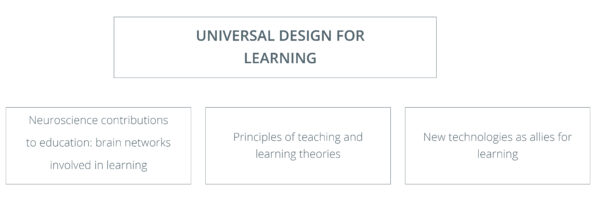
Table 1: Configuration of the UDL. Own elaboration based on Rose and Meyer (2002)
Thus was born the UDL approach that can be defined as: (…) a research-based approach to curriculum design – that is, objectives, methods, materials and evaluation – that allows all people to develop knowledge, skills and motivation and involvement in learning.
UDL helps educators to take into account the variability of learners by suggesting flexibility in relation to objectives, methods, materials and assessment, allowing them to respond to learners’ needs. Within this framework, the curriculum that is created is to meet the needs of all students. The creation of flexible designs is encouraged from the beginning, which can be personalized and therefore allow all students to progress from the point where they are and not from where we imagine or want them to be.

The UDL helps educators take into account the variability of students by suggesting flexibility in relation to objectives, methods, materials, and assessment, allowing them to respond to student needs.
There are three fundamental principles based on neuroscientific research that guide the UDL; these are
- PRINCIPLE I: Providing multiple ways of representing information and knowledge (the “WHATs” of learning). Students differ in how they perceive and understand the information presented to them, so providing multiple representation options is essential.
- PRINCIPLE II: Provide multiple forms of expression of learning (The “HOWTOs” of learning) since each person has his or her own strategic and organizational skills to express what he or she knows, so options for action and expression must be provided.
- PRINCIPLE III: Provide multiple ways of involvement or engagement (the “WHYs” of learning) so that all students can feel engaged and motivated in the learning process. It is well known that learning has to be exciting in order to stimulate personal motivation.
At this point we can understand why digital media are so important thanks to their characteristics of flexibility and capacity of transformation to facilitate the task of individualizing learning and to be able to attend to the diversity of students in the classroom.
This flexibility typical of digital media is manifested in four advantages over traditional media (Rose and Meyer, 2002):
- Versatility: technologies can store information in different formats and combine them with each other (audio, text, video, image)
- Transformation capacity: Digital media can store information by separating the content from the format in which it is presented (volume, playback speed, contrast (in case of visual difficulties) Therefore, as Rose and Meyer (2020) state, it is essential to adapt the use of digital media to the students’ own characteristics, to the tasks they have to perform and to the different types of learning that they intend to develop in order to eliminate or reduce the barriers presented by traditional single format media.
- Ability to mark them: It is possible to modify the format (size and font, underlining).
- Ability to expose them on the net: The contents can be related to other contents, such as hyperlinks, or when the text has the option to click on a word and you can directly access its meaning (dictionary).
Therefore, as Rose and Meyer (2020) state, it is essential to adapt the use of digital media to the students’ own characteristics, to the tasks they have to perform and to the different types of learning to be developed in order to eliminate or reduce the barriers presented by traditional single format media.
Bibliography
Alba Pastor, C. (2012). Aportaciones del Diseño Universal para el Aprendizaje y de los materiales digitales en el logro de una enseñanza accessible, en Navarro, J., Fernández, Mª T., Soto, F. J. y Tortosa F. (coords.) (2012). Respuestas flexibles en contextos educativos diversos. Murcia, Consejería de Educación, Formación y Empleo. [Accessed 5/10/2020] https://diversidad.murciaeduca.es/publicaciones/dea2012/ponencias.html.
CAST (Center for Applied Special Techology) (2011). Universal Design for Learning guidelines version 2.0. Wakefield, MA: Traducción al espanyol versión 2.0 (2013): Alba Pastor, C., Sánchez Hípola, P., Sánchez Serrano, J. M. Y Zubillaga del Río, A. Pautas sobre el Diseño Universal para el Aprendizaje (DUA). [Accessed 6/10/2020] https://www.educacionyfp.gob.es/dam/jcr:c8e7d35c-c3aa-483d-ba2e-68c22fad7e42/pe-n9-art04-carmen-alba.pdf
CAST (Center for Applied Special Techology) (2011). [Accessed 13/10/2020] http://www.cast.org/about/about-cast
EDUCADUA (2013) Página web del proyecto DUALECTIC dedicada al Diseño Universal para el Aprendizaje en espanyol. [Accessed 6/10/2020] www.educadua.es
Llei 14/2010, del 27 de maig, dels drets i les oportunitats en la infància i l’adolescència. [Accessed 7/10/2020] https://www.parlament.cat/document/nom/TL115.pdf
You might also like



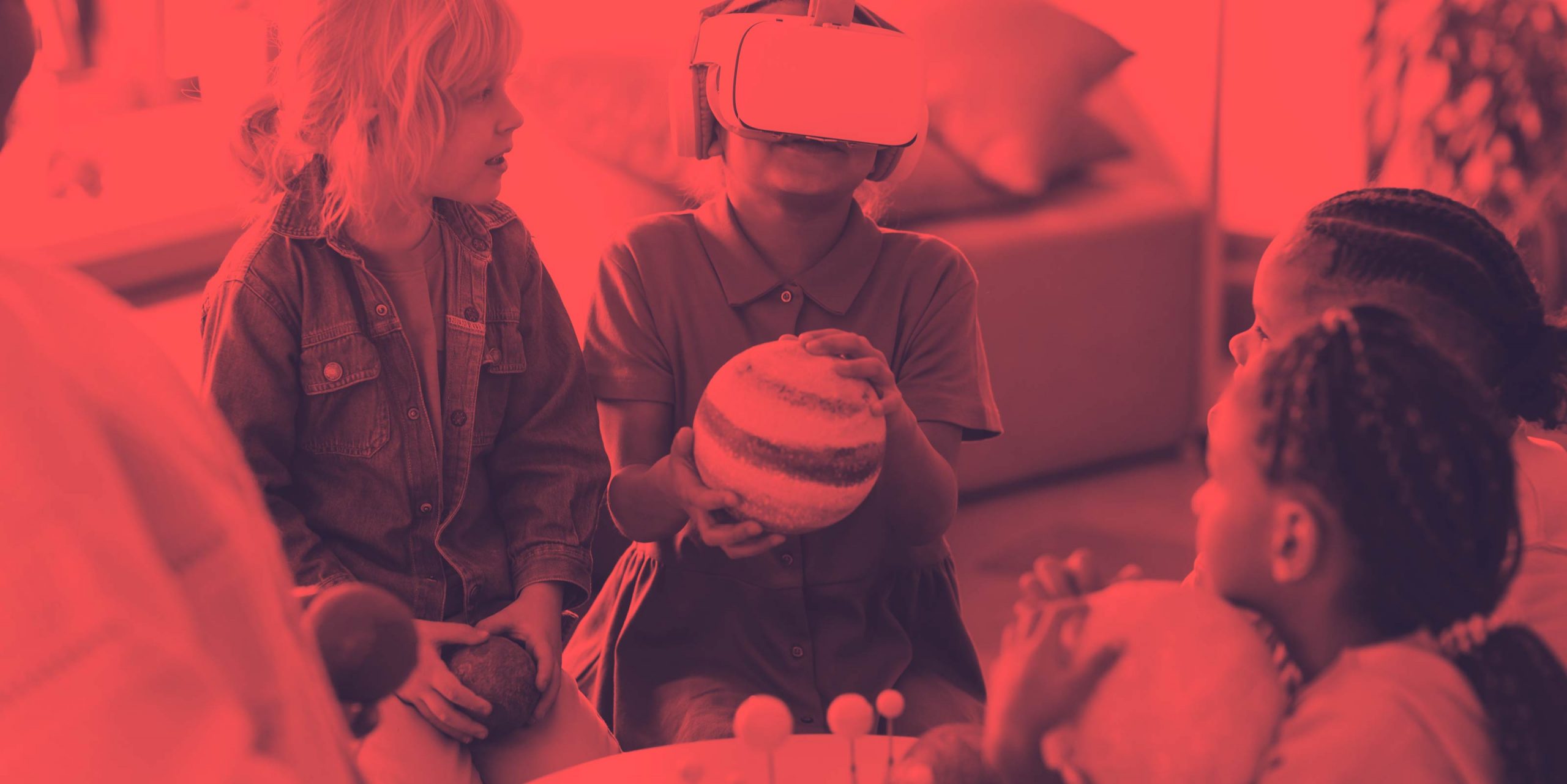
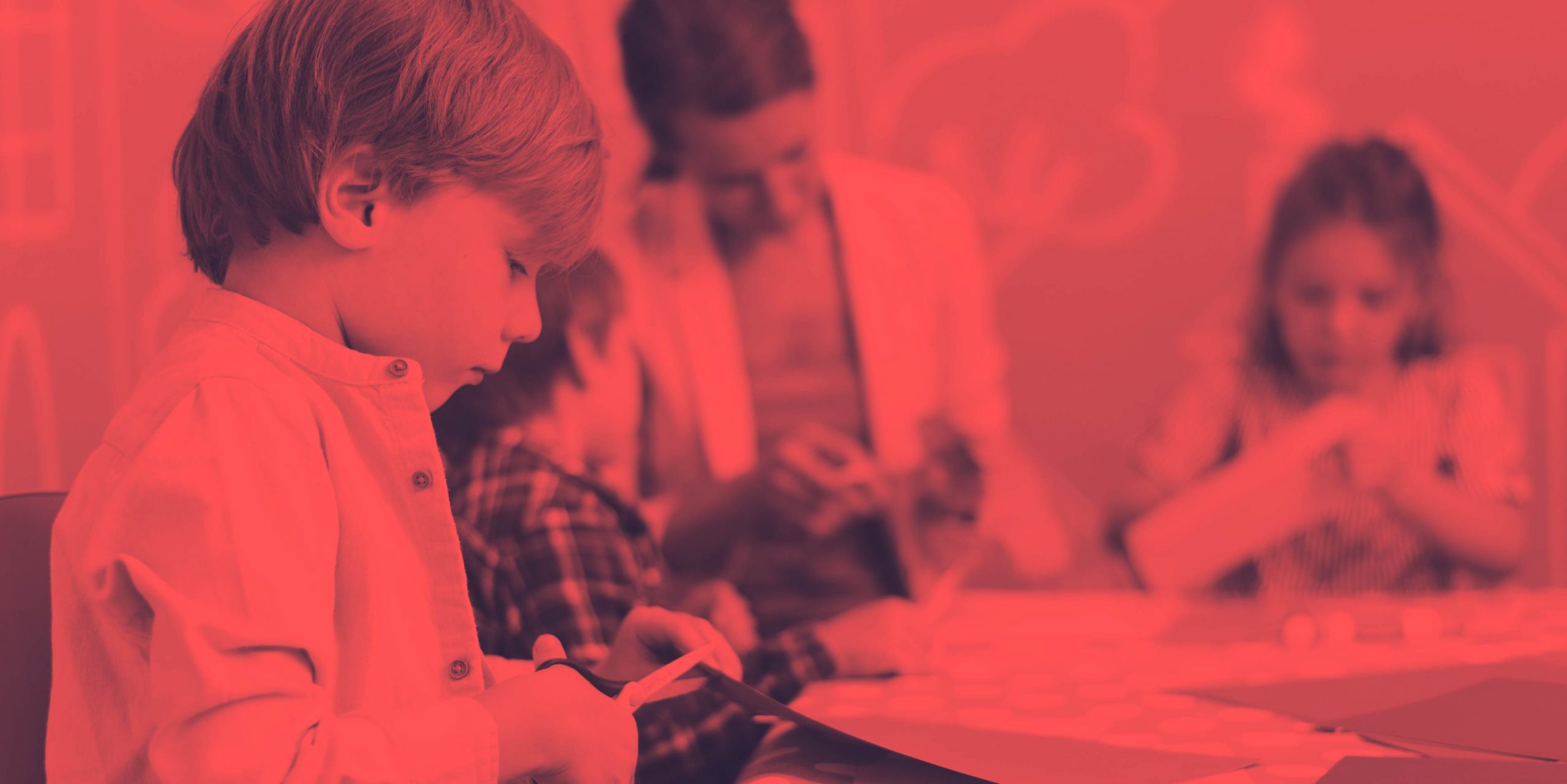

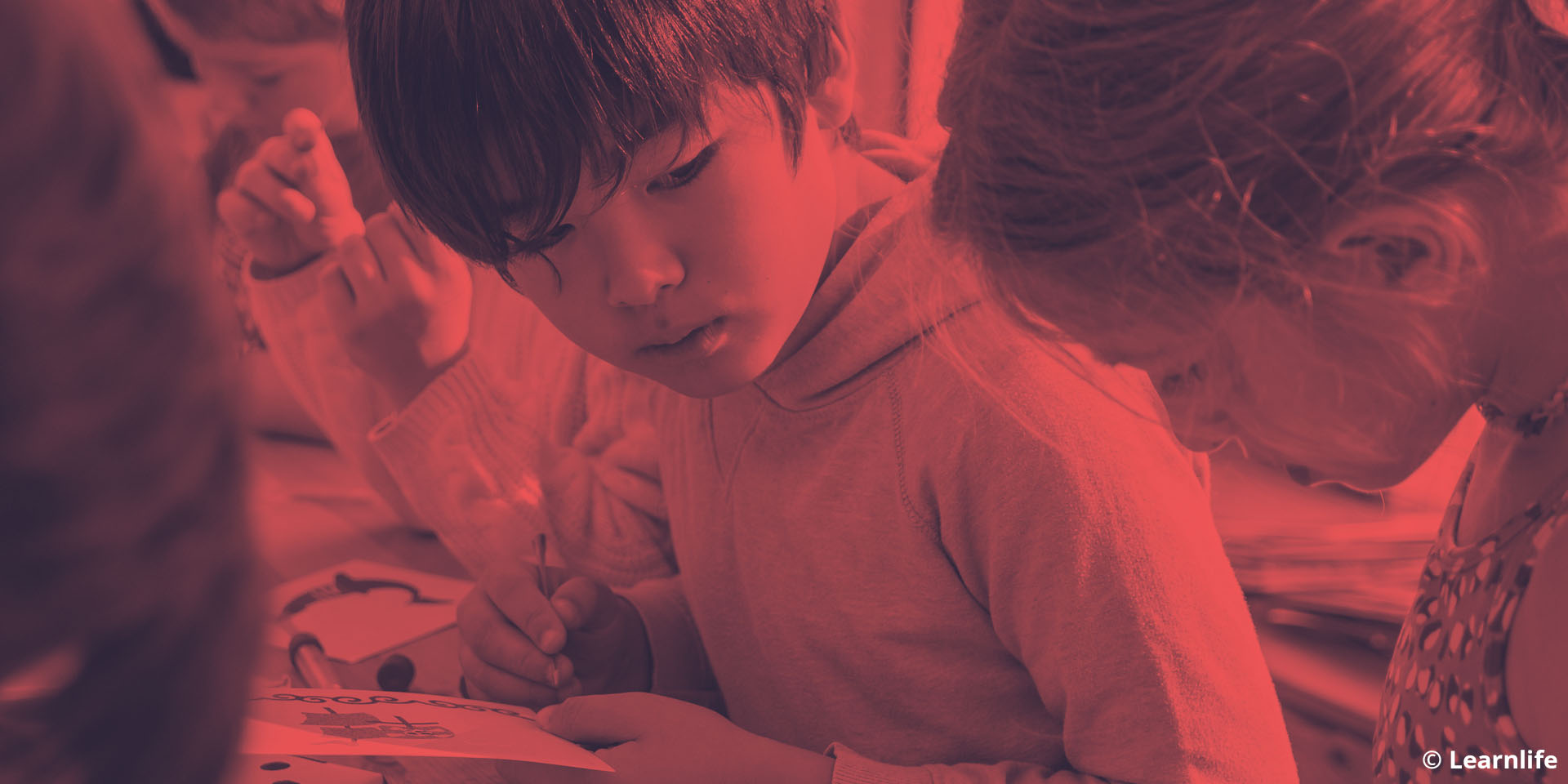

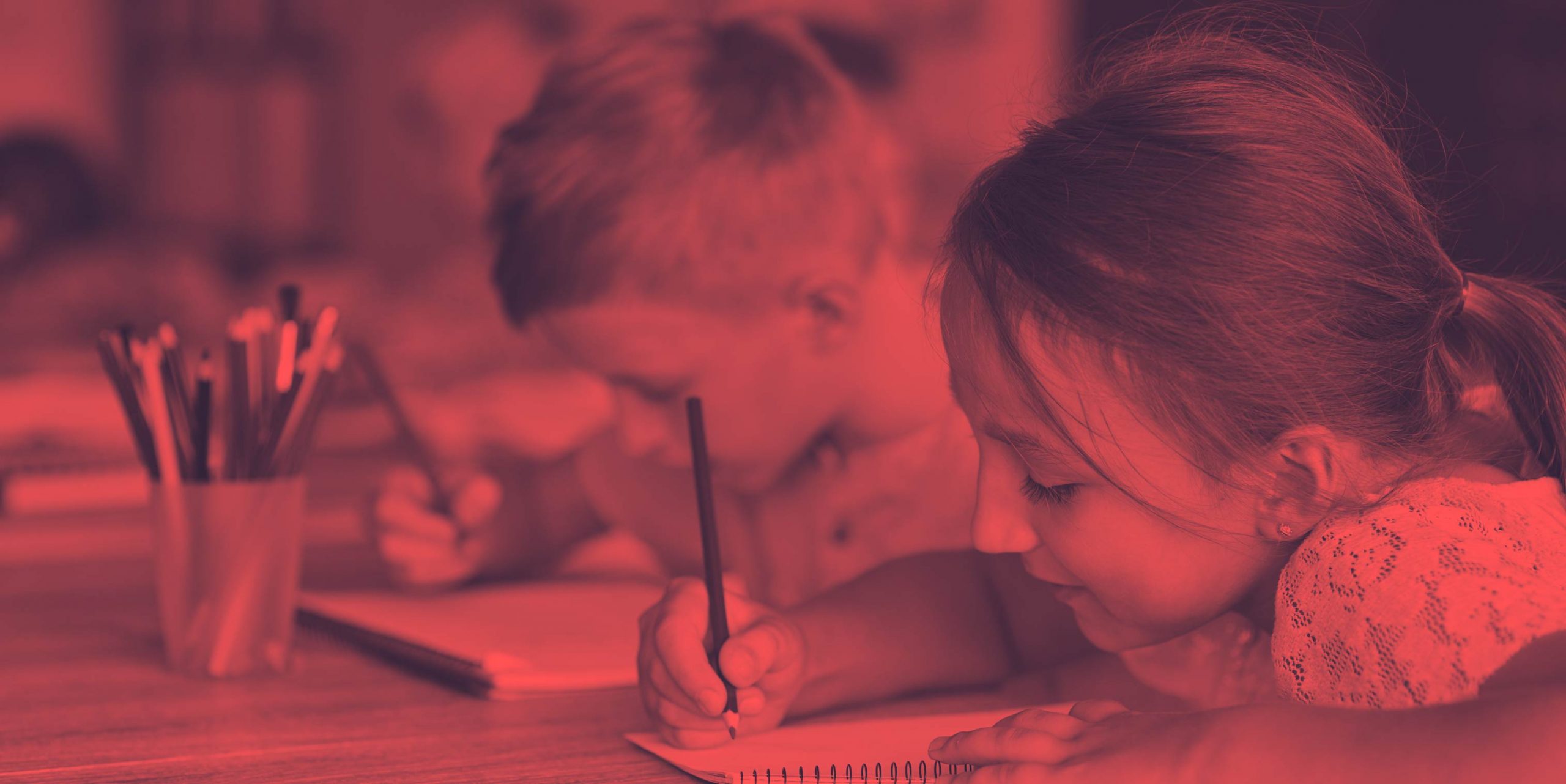


Leave A Comment